In a moviegoing culture that is slowly but surely waking up to the importance of the littler things – the atmospherics, cosmetics, look, design and colour palettes of the environments that inhabit stories and spaces around its artistes, Boishali Sinha is a rising star. She is 28, and already has some heavy-duty film titles to her credit as a production designer – though, in her case, she’s more a director of art.
Here, she speaks to us about her rapid career growth, experiences, goals, Akshay Kumar and an exciting upcoming project.
Was it difficult for a Delhi girl – without any sort of film background – to make it in big, bad B-town? Tell us a little about your background in art.
A: Well, to be honest, nothing has been difficult, inspite of me not having a typically Bollywood background. I had no filmy contacts before I came here. I have always believed in the old “Never Give Up” adage. As long as I stick to this philosophy, nothing is difficult. Sounds like a cliche, but I truly believe this. I have always given it my best shot, be it for my Fine Arts background or the films I’ve done. The signs were there, though. While growing up, I won many national (CCRT scholarship) and international awards for painting. Perhaps, the signs were there back then. I completed my Bachelors degree from Delhi College of Arts And Masters from Ecoles Des Beaux Arts, Paris (fellowship)
Then I worked at the Universite de Rennes for about a year as a professor. I used to hear about Art Direction and design in films from my father when I was a child. For people in India, Art didn’t really hold much scope as a career (it still doesn’t) – but this didn’t stop me. When I got back to India after France, I impulsively decided to try my luck in Mumbai as an Art Director – I thought I had the eye and experience, I suppose. In a way, I looked at it as a sprawling 3-d canvas. As soon as I got here, I sent in my profile, and immediately became an assistant art director on Prabhu Deva’s Rowdy Rathore.
At a relatively (very) young age, you already have 7-8 films to your name. Are you trying to get as much experience as you can before you start getting more choosy?
A: YOUNG? I am 28 already! Actually, I didn’t make a conscious decision to choose certain films. The films that came to me were very different from each other – from regular commercial films to high octane actioners to political thrillers to whacky comedies. I like variety in whatever I do, so I guess I have been lucky that way. Stagnancy isn’t good; it helps that I’ve experienced films from so many genres already. It’s good to do this early on, so that one gets a better sense of how different setups work, and how so many of our different talented Indian technicians go about their jobs. It’s not always just another film. Every script has its own flavour. Besides, if some one has written a script, it has some importance in itself. I don’t really focus on what happens after that, or wonder why I’m working on films with a certain sensibility. I respect all of them. Maybe from now on though, I will focus on the cumulative outcome.
What do you think of the general standard and importance given to art direction in Hindi cinema? For example, you’ve done the very mainstream Gabbar Is Back as well as the miles-apart indie ‘Margarita With A Straw‘. How do perspectives differ between such genres?
A: There should be more awareness and knowledge about the technical aspect of this craft. And I’m not talking about only industry insiders; general audiences, around 90% of them, don’t quite know what production design or art direction really is. It’s one of the most important aspects of filming. Perhaps such knowledge can be spread by those who write about or analyse films. Films like Gabbar Is Back and Rowdy Rathore are mainstream in every sense; they target a large chunk of the ‘masses’, and therefore must have a bit of everything – action, masala, emotions, romance, drama. This kind of filmmaking is a different sort of art; it needs a certain kind of large scale, not only in terms of budget, but time, space, characters and colours. It’s not easier or harder to do, just very different and needs a specialist skill set and mindset. Maybe it is more difficult to manage and coordinate for on-set technicians. On the other hand, Margarita (With A Straw) was primarily shot in a 2-bhk flat in Delhi in constrained spaces with a different kind of energy. Both genres have different though processes, colour palettes; Margarita, being the kind of to-the-point film that depends on authenticity and experience, required a lot more prep work. The lead character is an autistic wheel-chair bound girl (Kalki), so things had to be precise, and there was literally God in the details. Can’t compare any of these films to one another, but I’m happy to have experienced both sides of the spectrum.
It must be important to travel the world and view as many cultures as possible to evolve at what you do…
A: Oh, very true. Traveling abroad gives you a different perspective, both personally and professionally. You learn so much about how things function right from the grass roots. One feels richer and more confident, having seen other cultures and ways of living – which gently seeps into your consciousness and changes you a little when you evolve back at home. I have assisted Edwige Geminel (Art Designer) in ‘Plus Belle La Vie’ – which is a very famous French TV series. Such a vivid experience working there; the way they prep, and how, despite being a regular TV series that airs daily, they strive for perfection in the smallest of things. Nothing can beat the French value for art. That’s where my foundation and attitude towards designing has been laid.
Have you ever experienced a sort of bias, being a younger, upcoming professional in a field populated with senior, experienced (and sometimes, outdated) artistes?
A: I don’t think ‘biased’ would be the right word, but yes, may be at times people underestimate you, or try to overpower and highjack your style. Being relatively young, it also depends on whether I allow that to happen right from the beginning, or nip it in the bud early on. I’m stubborn that way; if I think my approach to a certain thing is correct, I would never back down – no matter who it is on the receiving end.
What has been your most fulfilling work so far?
A: I am a very greedy person when it comes to absorbing knowledge and experience. (laughs) Fulfilling – I get full and satisfied, but within a few days, my satisfaction gets over and I begin to look for something more, and something different. However, working with Akshay Kumar is something that I love to do; he has so much of positivity, professionalism. This fulfilling-ness would be pure happiness.
Besides that, I was the happiest with the final outcome after shooting SANN PACHATTAR, a film yet to be released. It has come out outstandingly well at every stage – right from its story to the edit to even its music score. I rarely sit and watch a film at the edit (that’s a practice, I think, we should do more with production designers to at least see how our work is shaping up). But this time I saw the first cut and then many more cuts – so there were a lot of discussions on how to move ahead. I felt totally involved and immersed at these stages. Full credit goes to the core technical team, especially our director Navneet (Behal) – for the vision he came in with, and then for the product of this vision, which I think is very special and close to his initial intentions. I am eagerly looking forward to this film. You should, too.
You’ve also worked on the horror film AATMA – a genre in which the atmosphere depends largely on art direction and dimmed colours.
A: Well, it took a lot of time to design that house (the high rise flat) – which many think was the most evocative character of the film. Looking back, there were many indulgences because I was very very new that point of time. I’d do it differently now.
At the same time, recognition of your work depends a lot on the filmmaker and his/her sense of visuals, editing and vision. It simply can’t stand out if the film is made tackily or is compromised…
A: Yes, this is something I figured out very recently. No matter how good the on-set imagery or work is, the final product does depend on the filmmaker a lot. Some films haven’t got the justice it deserved even after having all the resources. There has to be a definite vision, it has to be technically sound right from the beginning of the shoot all the way till post production, undoubtedly. No film can stand out without a harmony and sync between every department; it has to be an all-around production effort. Talking about compromise, I have also seen films that have had hardly any budget or resources, but have been shot and planned very well, managed to the T, and look even better after post stages. As I mentioned earlier, Navneet has taken Sann Pachattar to another level that way. I fully trust his sense.
So Sann Pachattar has been your greatest pride and challenge so far? Was there any film last year which you envied specifically for its design and composition?
A: Definitely. Being a period film, shot in Lucknow totally, every frame and every prop had to be correct. This needs a lot of work, thorough research and plenty of patience. I just don’t want to execute someone else’s thought; I want to execute my own thoughts and ideas with the whole team’s full support. I’m not an envious kind of person at all, but I appreciated Hawaizaada a lot last year for its look and detailing.
Why do you think commercial Hindi cinema uses production design as more of a loud, synthetic and noticeable attribute? The first good sign of great art direction usually is that it’s invisible and lived-in…
A: That’s a thought process. See, if I am selling something, I have to target a certain audience or do it and not care because I know there are various other aspects that would make it a super hit in the market. So, I think its an individualistic choice. There are films shot in very lived-in and real way. There are also the films that are extravagant with all kinds of crazy colours and loudness. Besides, I think only 10 % of people in our country actually would appreciate the ambience – the overall look, visuals and cosmetic efforts – unless and until it is someone notable who has been singled out for repeatedly doing outstanding work in their field.
Let me give you an example: Before I had joined the industry, when I used to go and watch a film, it was completely about how commercial it is with which actors, songs etc. I never went to the hall seeking something specific or saying, “This film’s art direction is precise; the direction is outstanding” But now the scenario has changed for me, maybe just for me and people in my circle. We have to notice things and look at films in a certain way, not just the overall feeling anymore. I hope I can one day make a regular moviegoer interested in production design as much as a technician in Bollywood would be. That’s my aim.
Any plans of eventually becoming a director? Most cinematographers and writers eventually look at direction as the final step in the film hierarchy. By now, you must have a good idea of how things work on a set and its various departments…
A: By now, I surely have a fairly good idea of how things work technically. But eventually, I have no plans of becoming a director. But hey, I would like to act. Some directors have asked me to and it intrigues me as well. I obviously have no fear of the camera. (smiles) At least, not anymore.



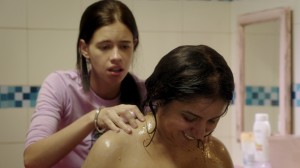
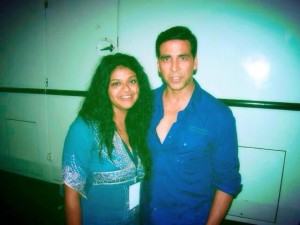
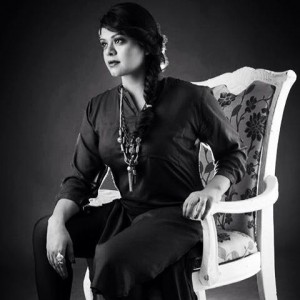
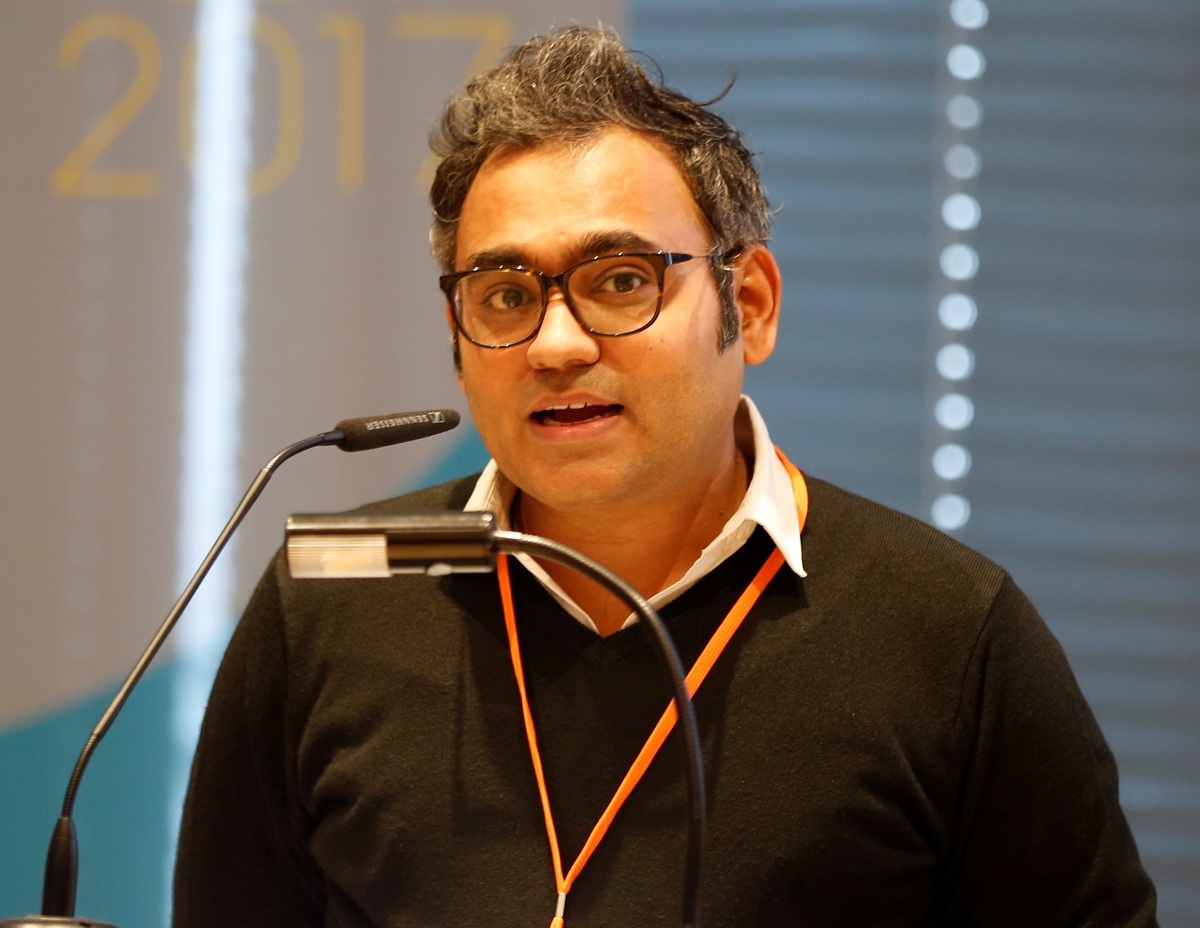
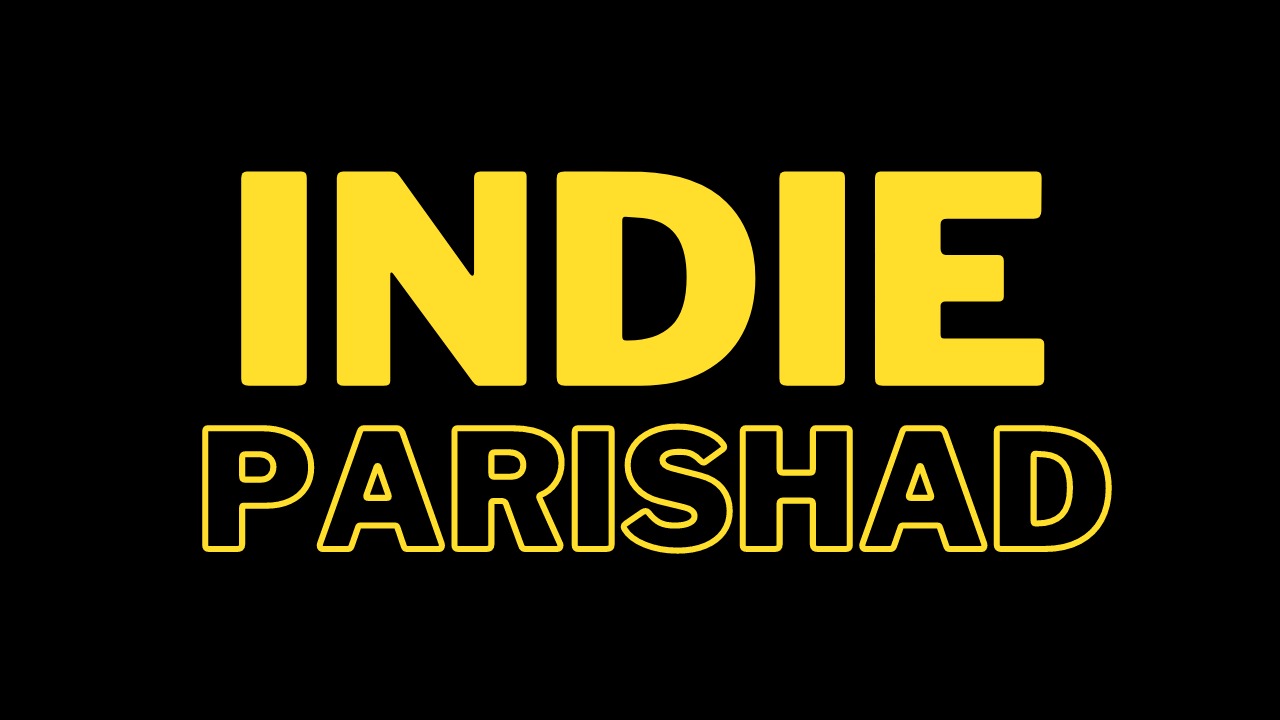
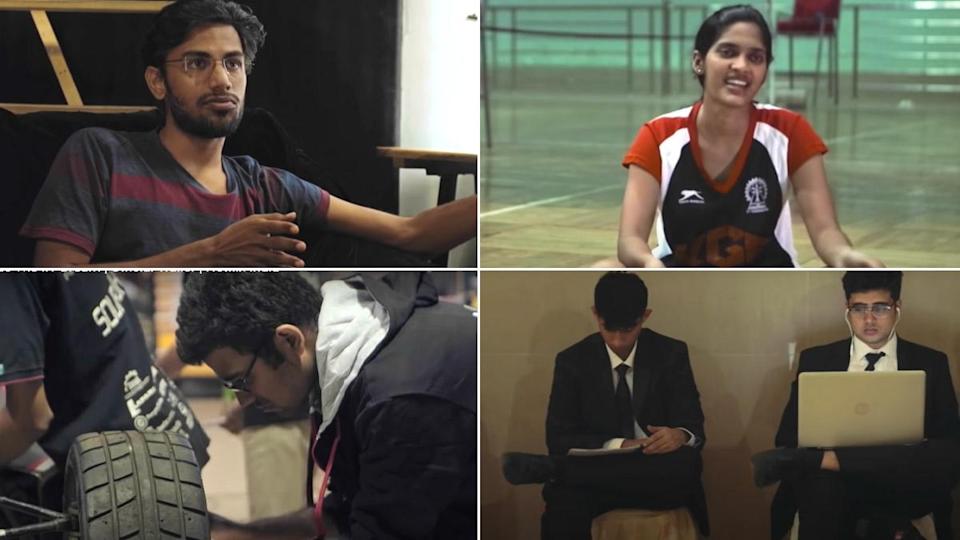


Leave A Comment
You must be logged in to post a comment.